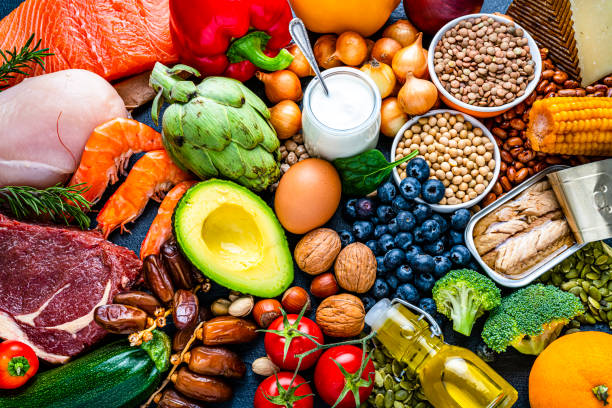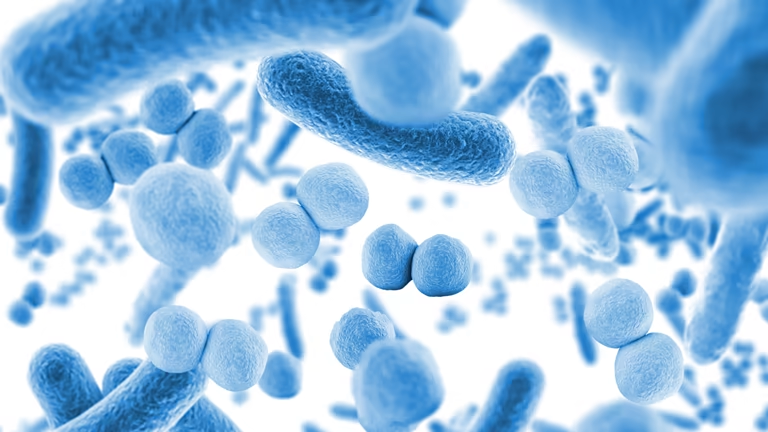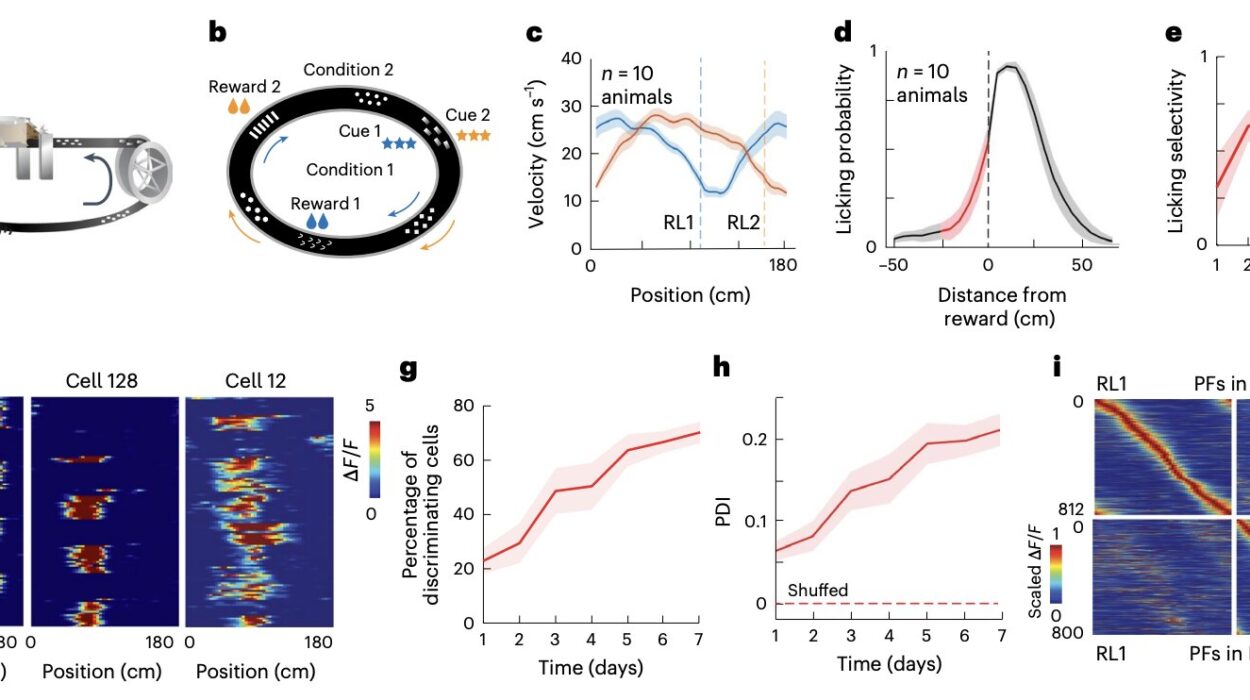Vitamins are among the most fascinating and essential nutrients for human health. Though tiny in quantity, their impact on life is monumental. They do not provide energy like carbohydrates, fats, or proteins, yet they serve as catalysts and regulators, ensuring that every chemical reaction in your body runs smoothly. Without them, even the most basic functions—breathing, healing, moving, thinking—would falter.
Imagine vitamins as the orchestra conductors of your body. They don’t play the instruments themselves, but they direct the performance, keeping every section in harmony. Each vitamin has its own role, some overlapping, some unique, but all indispensable. The absence of just one can unravel the delicate balance of health.
In this article, we will explore the 10 most important vitamins, their functions, their sources, and why they are so critical for survival. Along the way, we’ll uncover how these microscopic nutrients hold the key to vitality, longevity, and the prevention of disease.
1. Vitamin A – The Vision and Growth Vitamin
Vitamin A is often called the “vision vitamin”, but its role extends far beyond eyesight. It is a fat-soluble vitamin crucial for growth, reproduction, immunity, and cellular health.
One of its most important functions lies in the retina of the eye. Vitamin A is a component of rhodopsin, a pigment in the eye that allows us to see in low light. Without it, night blindness can occur. Beyond vision, vitamin A supports the growth of cells and tissues, keeping skin and mucous membranes healthy—the body’s first line of defense against infection.
It is also vital during pregnancy and childhood, where it regulates embryonic development and growth. Vitamin A deficiencies in children can lead to stunted growth and increased susceptibility to infections.
Food sources include: liver, eggs, dairy products, carrots, sweet potatoes, spinach, and other leafy greens. The plant-based sources provide beta-carotene, which the body can convert into vitamin A.
In excess, however, vitamin A can be toxic, leading to headaches, dizziness, and even liver damage. Moderation is key: enough to protect, not so much as to harm.
2. Vitamin B1 (Thiamine) – The Energy Igniter
Vitamin B1, also known as thiamine, is a spark plug for the body’s engine. It is a water-soluble vitamin essential for converting carbohydrates into energy. Without thiamine, the body cannot properly metabolize glucose, the primary fuel for the brain and nervous system.
Historically, thiamine deficiency caused the disease beriberi, which leads to muscle weakness, nerve damage, and heart failure. Another thiamine deficiency-related condition, Wernicke-Korsakoff syndrome, is often seen in chronic alcoholism, as alcohol interferes with thiamine absorption.
Beyond energy metabolism, thiamine is also necessary for nerve conduction and neurotransmitter synthesis, making it critical for mental clarity and coordination.
Food sources include: whole grains, legumes, nuts, seeds, and pork. Because it is water-soluble, the body doesn’t store thiamine, so it must be replenished daily.
3. Vitamin B2 (Riboflavin) – The Cell Protector
Riboflavin, or vitamin B2, is the vitamin of light and energy. It plays a central role in cell metabolism by acting as a cofactor in enzymes that drive energy production. Without riboflavin, cells cannot properly extract energy from carbohydrates, fats, and proteins.
Riboflavin also serves as a powerful antioxidant, helping neutralize harmful free radicals that damage DNA and accelerate aging. It assists in the regeneration of glutathione, one of the body’s most important antioxidant defenses.
Deficiency in riboflavin can cause ariboflavinosis, leading to symptoms such as cracked lips, sore throat, swollen tongue, and skin disorders. Though rare in developed countries, it remains an issue in areas with poor diets.
Food sources include: milk, yogurt, cheese, eggs, almonds, spinach, and fortified cereals. Interestingly, riboflavin is sensitive to light, which is why milk used to be packaged in opaque containers to protect its vitamin B2 content.
4. Vitamin B3 (Niacin) – The Metabolic Powerhouse
Vitamin B3, or niacin, is a key player in over 400 biochemical reactions in the body. It is essential for converting food into usable energy through its role in coenzymes NAD and NADP, which participate in cellular metabolism.
Niacin has a fascinating dual role: while it prevents deficiency diseases like pellagra—marked by dermatitis, diarrhea, and dementia—it also has therapeutic uses. High doses of niacin have been used to lower cholesterol and reduce cardiovascular risk, though this must be done under medical supervision due to potential side effects.
Deficiency of niacin is rare today but historically devastating. Pellagra plagued impoverished populations that relied heavily on corn without proper preparation, since untreated corn lacks bioavailable niacin.
Food sources include: chicken, turkey, fish, peanuts, mushrooms, and fortified grains. The body can also make small amounts of niacin from the amino acid tryptophan.
5. Vitamin B6 (Pyridoxine) – The Brain and Mood Regulator
Vitamin B6, or pyridoxine, is central to the chemistry of the brain. It is essential for the production of neurotransmitters such as serotonin, dopamine, and gamma-aminobutyric acid (GABA), which regulate mood, behavior, and sleep.
Beyond the brain, B6 supports hemoglobin production in red blood cells and helps regulate homocysteine levels in the blood—a factor linked to heart disease when elevated.
Deficiency can lead to irritability, depression, confusion, and even anemia. Pregnant women are often advised to ensure adequate B6 intake, as it supports brain development in the fetus and helps alleviate morning sickness.
Food sources include: poultry, fish, bananas, chickpeas, potatoes, and fortified cereals. Because B6 is water-soluble, it needs to be consumed regularly.
6. Vitamin B12 (Cobalamin) – The DNA and Nerve Guardian
Vitamin B12 is one of the most complex and vital vitamins, often called the “nerve guardian.” It plays a critical role in DNA synthesis, red blood cell formation, and neurological function.
A deficiency in B12 can cause megaloblastic anemia, where red blood cells become large and dysfunctional. More concerning, however, is the neurological damage: numbness, tingling, memory problems, and even irreversible nerve damage.
B12 is unique because it is found almost exclusively in animal products, such as meat, fish, dairy, and eggs. This makes vegetarians and vegans particularly vulnerable to deficiency unless they consume fortified foods or supplements.
Absorption of B12 also depends on a protein called intrinsic factor, secreted by the stomach. Without it, even diets rich in B12 cannot prevent deficiency, leading to conditions like pernicious anemia.
7. Vitamin C – The Immunity and Healing Vitamin
Vitamin C, also known as ascorbic acid, is one of the most famous vitamins, often associated with boosting immunity. It is water-soluble and plays multiple vital roles in human health.
Its most well-known function is in collagen synthesis—the protein that provides structure to skin, blood vessels, bones, and connective tissue. Without vitamin C, collagen production falters, leading to scurvy, a disease once common among sailors deprived of fresh fruits and vegetables.
Vitamin C is also a potent antioxidant, protecting cells from free radical damage. It enhances iron absorption from plant-based foods and supports the immune system’s defense mechanisms.
Food sources include: citrus fruits, strawberries, kiwi, bell peppers, broccoli, and tomatoes. Because the body does not store vitamin C, daily intake is crucial.
8. Vitamin D – The Sunshine Vitamin
Vitamin D is unlike most other vitamins because the body can produce it when the skin is exposed to sunlight. It is fat-soluble and plays a crucial role in maintaining bone health by regulating calcium and phosphorus absorption.
Without vitamin D, bones become soft and weak, leading to rickets in children and osteomalacia in adults. Long-term deficiency contributes to osteoporosis, making bones brittle and prone to fractures.
But vitamin D does much more than protect bones. It also modulates the immune system, influences mood, and may even reduce the risk of chronic diseases like diabetes, cancer, and multiple sclerosis.
Food sources include: fatty fish (salmon, mackerel, sardines), fortified dairy products, egg yolks, and mushrooms exposed to sunlight. In regions with limited sun exposure, supplementation is often necessary.
9. Vitamin E – The Antioxidant Shield
Vitamin E is a fat-soluble antioxidant that protects cell membranes from oxidative damage. Think of it as a bodyguard for your cells, preventing free radicals from wreaking havoc.
It is particularly important for protecting polyunsaturated fatty acids, which are integral components of cell membranes. Vitamin E also supports immune function, skin health, and eye health.
Deficiency is rare but can occur in people with fat-malabsorption disorders, leading to nerve and muscle damage, vision problems, and weakened immunity.
Food sources include: nuts, seeds, vegetable oils, spinach, and broccoli. Because it’s fat-soluble, vitamin E requires dietary fat for proper absorption.
10. Vitamin K – The Clotting and Bone Builder
Vitamin K is best known for its role in blood clotting. Without it, even a small cut could become life-threatening because the blood would not clot properly.
Beyond clotting, vitamin K is crucial for bone metabolism, helping incorporate calcium into bones and preventing it from depositing in arteries. This dual role makes vitamin K essential not just for survival but also for long-term skeletal and cardiovascular health.
There are two main forms: K1 (phylloquinone), found in leafy greens, and K2 (menaquinone), found in fermented foods and animal products. Both are important, though research suggests K2 may be especially beneficial for bone and heart health.
Food sources include: kale, spinach, broccoli, cabbage, liver, eggs, and natto (a traditional Japanese fermented soybean dish).
Conclusion
Vitamins may be small in size, but their importance is immense. They orchestrate everything from the beat of your heart to the resilience of your bones, from the sharpness of your vision to the stability of your mood. Deficiencies in these vital nutrients have shaped history—causing devastating diseases like scurvy, rickets, pellagra, and beriberi. Today, they continue to play a central role in preventing illness, enhancing well-being, and extending human life.
The 10 vitamins we’ve explored—A, B1, B2, B3, B6, B12, C, D, E, and K—are not just nutrients; they are lifelines. Each has its unique role, yet all are interconnected, weaving together the complex web of human biology.
To truly thrive, we must nourish our bodies with a varied diet rich in these essential vitamins. They are the unsung heroes of health, proof that sometimes the smallest things make the biggest difference.






